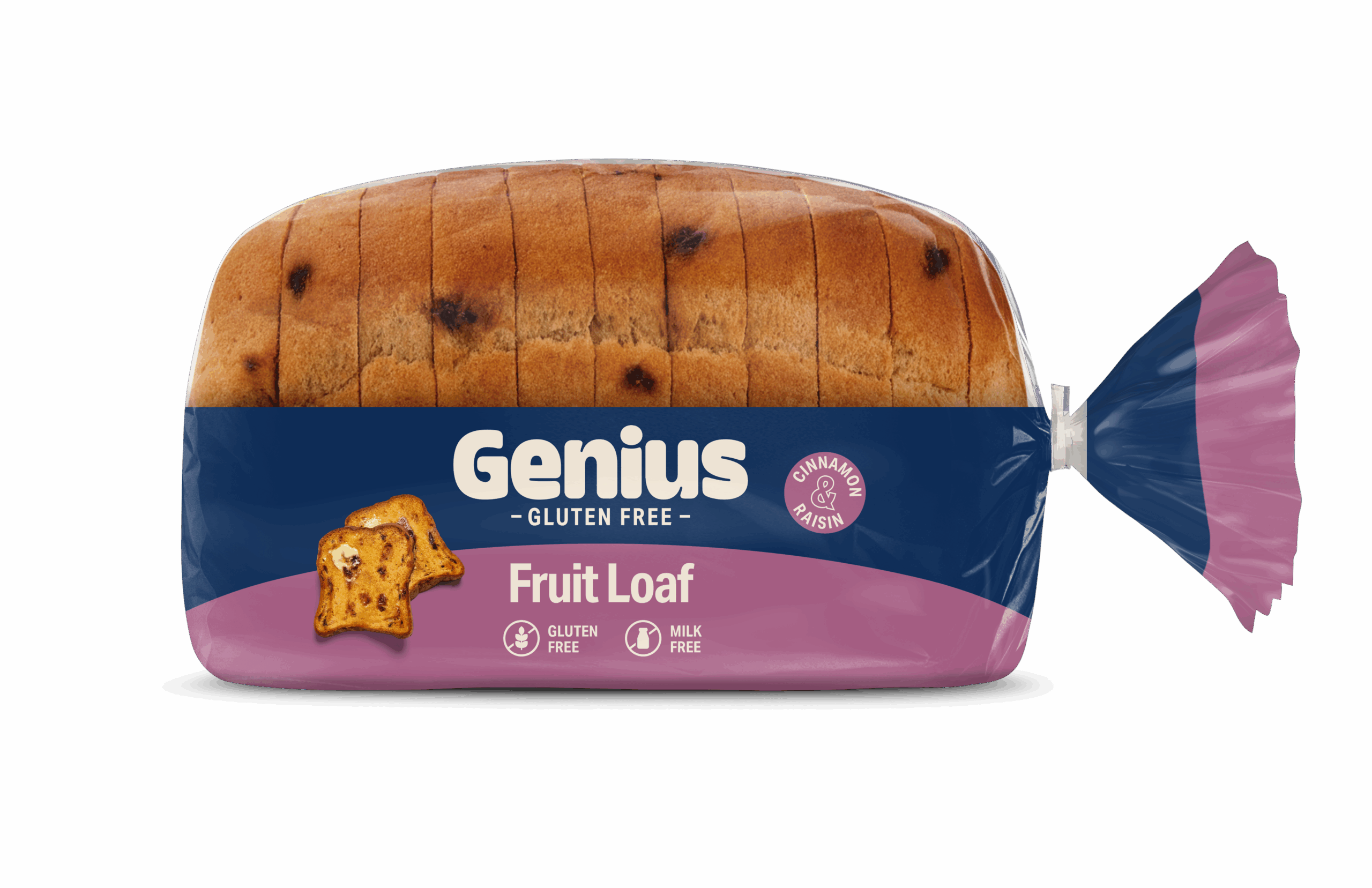








Best enjoyed toasted golden and generously topped with spread and a mid-morning cuppa, impossible to resist.
Water, Starches (Tapioca, Potato, Maize, Rice), Mixed Dried Fruit (24%) (Sultanas, Raisins, Currants), Rice Flour, Vegetable Oils (Rapeseed, Sunflower), Yeast, Sugar, Psyllium Husk, Humectant (Vegetable Glycerol), Stabiliser (Hydroxypropyl Methyl Cellulose), Dried Egg White, Yellow Maize Flour, Fermented Maize Starch, Salt, Mixed Spices (Coriander, Cassia, Ginger, Nutmeg, Clove, Fennel, Cardamom), Cinnamon.



